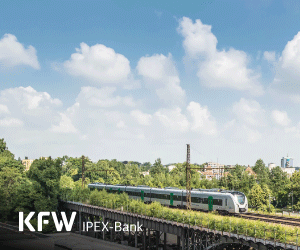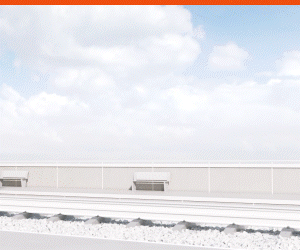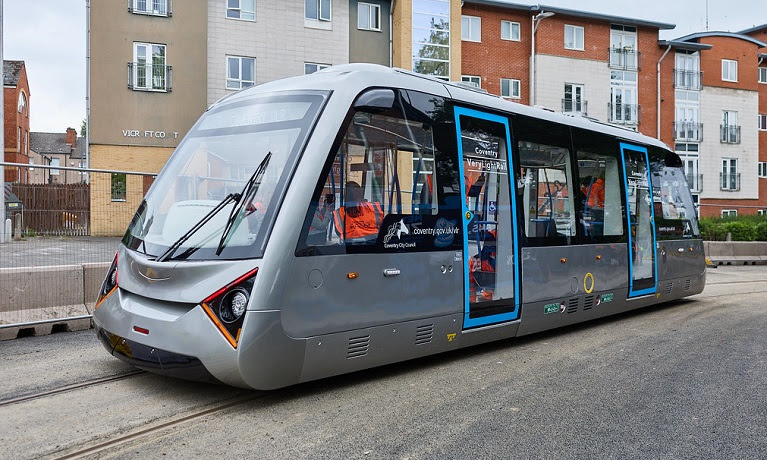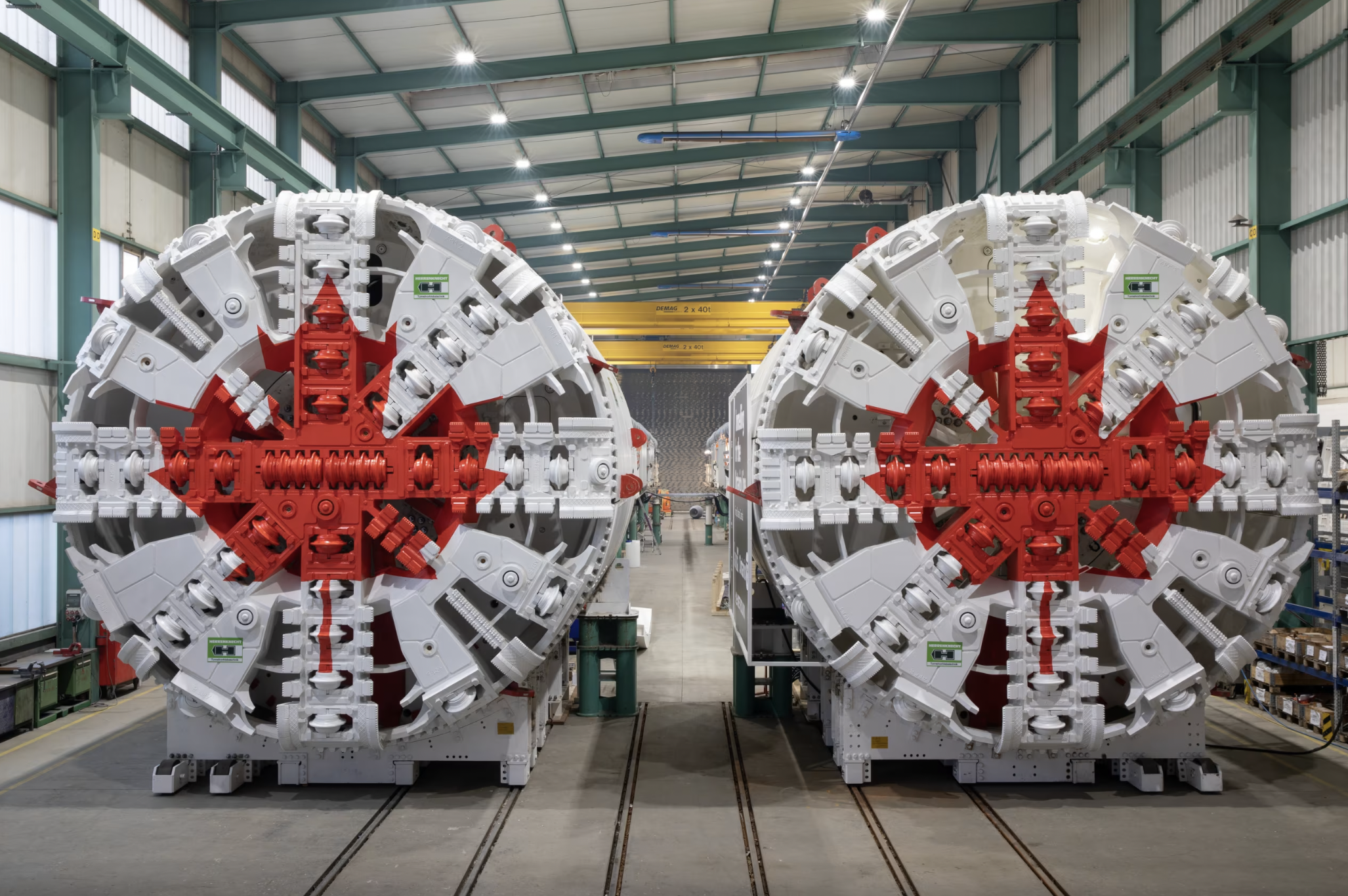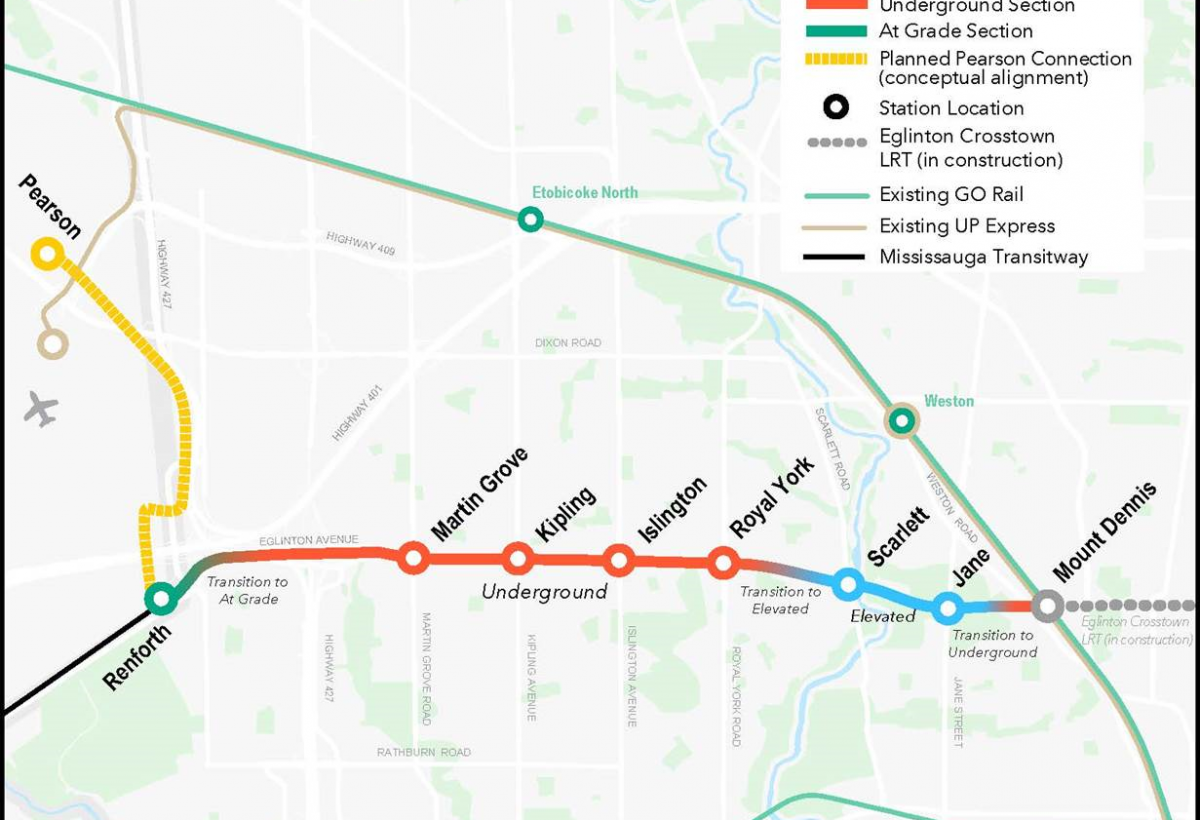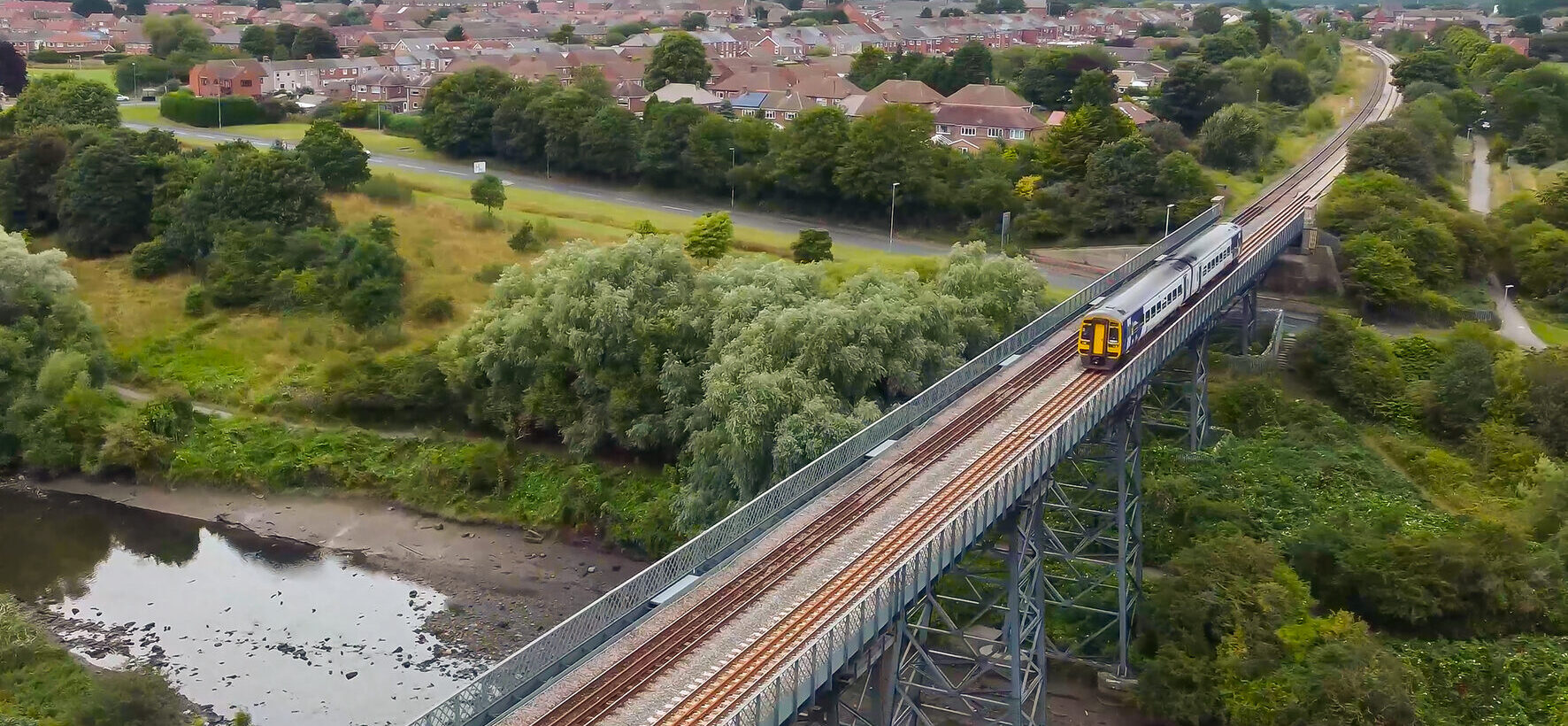Contractors working on HS2 have completed construction of portal extensions at the southern end of the Chiltern Tunnel, a measure designed to reduce micro-pressure waves produced by high-speed trains.
The tunnel, which is 10 miles long and located to the north-west of London, will accommodate trains travelling at up to 200mph.

The extensions have been developed in response to the potential for air pressure to build up inside long tunnels at high speeds. This can generate audible sounds, sometimes described as a sonic boom, at tunnel exits. Known technically as micro-pressure waves, these effects are not usually noticeable on conventional railways but can become audible when trains enter long tunnels at high speed.
The Chiltern Tunnel is the longest on the HS2 route, and the only one on the line where the combination of tunnel length and maximum train speed creates conditions that require a bespoke solution to this noise. Similar structures are currently being built at the tunnel’s northern portal in Buckinghamshire.
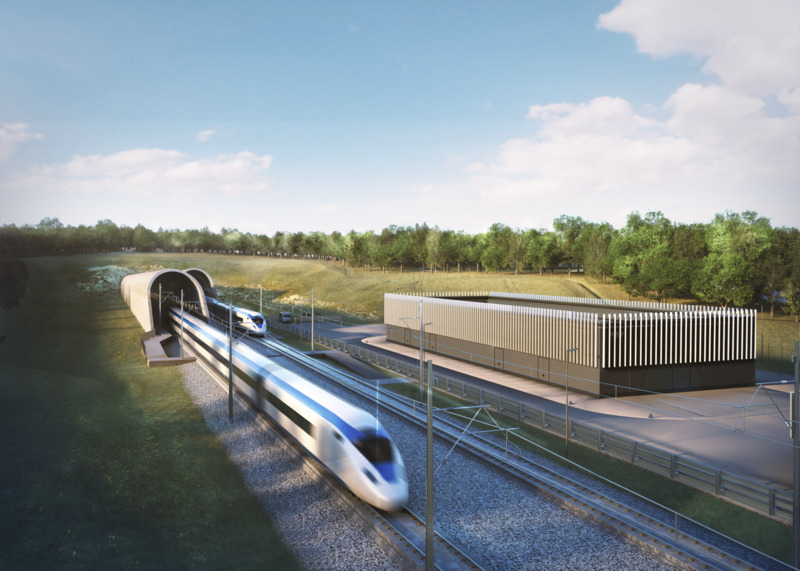
HS2 Ltd's chief engineer Mark Howard said:The maximum speed of HS2 varies along the route. But where the train is entering a tunnel travelling above 140mph we are building portal extensions to prevent a 'sonic boom’ occurring. Although there are several tunnels on the line where train speed will be higher than in the Chiltern Tunnel, no other combines speeds of 200mph with a length of 10 miles. It's these unique physical characteristics that demand unique structures at each end.
The concept of managing micro-pressure waves dates back to 1974, when similar challenges were encountered during the testing of Japan’s Sanyo Shinkansen line. Since then, tunnel design and train aerodynamics have been used internationally to manage pressure changes. In Japan, train design evolved to include elongated noses that help moderate the pressure build-up.
In the UK, the approach for HS2 has focused on tunnel design. HS2 Ltd worked with Arup, the University of Birmingham, and Dundee Tunnel Research to develop and test the design of the Chiltern Tunnel portals. Each extension reaches up to 220 metres in length and includes a series of ventilation openings along one side, which help disperse air pressure more gradually. This configuration is intended to minimise the strength of micro-pressure waves emitted at the opposite end of the tunnel.
Research for the project drew on pressure data from HS1, the high-speed line between London and the Channel Tunnel, where no such sonic boom effect has been observed. Using HS1 as a reference point, the HS2 team tailored the length and design of each extension accordingly.
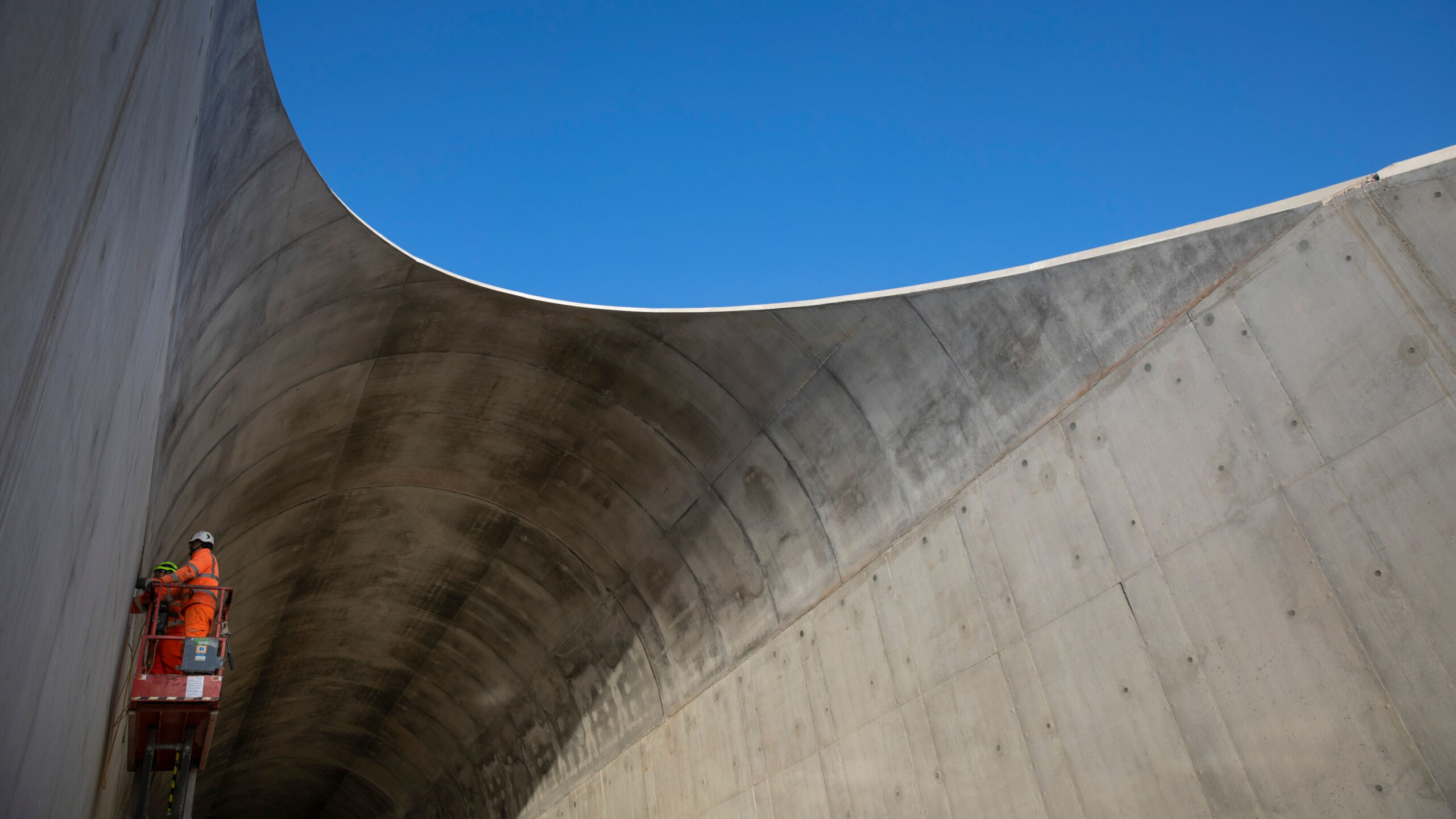
Richard Sturt, Fellow at engineering consultancy Arup, said:Arup is proud to have helped create a new international benchmark for the suppression of sonic booms with the HS2 tunnel portals. They are longer than any existing portals anywhere else in the world as we have prioritised seating capacity on the train, avoiding the need for a long nose section on the train like the Japanese Shinkansen. The portals’ unique tapered design combined with the precision-sized holes provide an incredibly smooth build-up of pressure as the train enters the tunnel. As a result, there won’t be any audible noises from micro pressure waves, despite the extremely high train speeds.
The Chiltern Tunnel and its portal extensions were constructed by Align JV, a consortium of Bouygues Travaux Publics, Sir Robert McAlpine, and VolkerFitzpatrick. Work on the southern portal extensions was completed in January 2025, with construction at the northern portal expected to conclude later in the year.
Once in service, passenger trains will pass through the tunnel in approximately three minutes.


